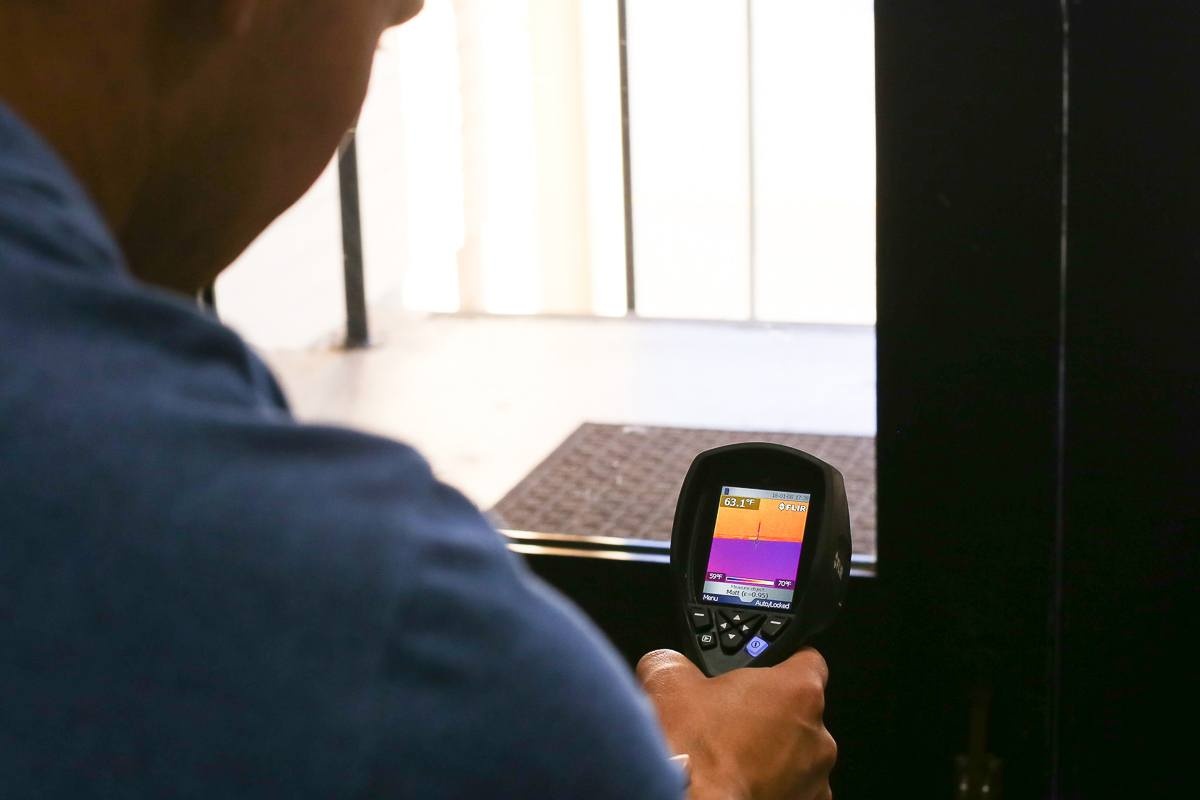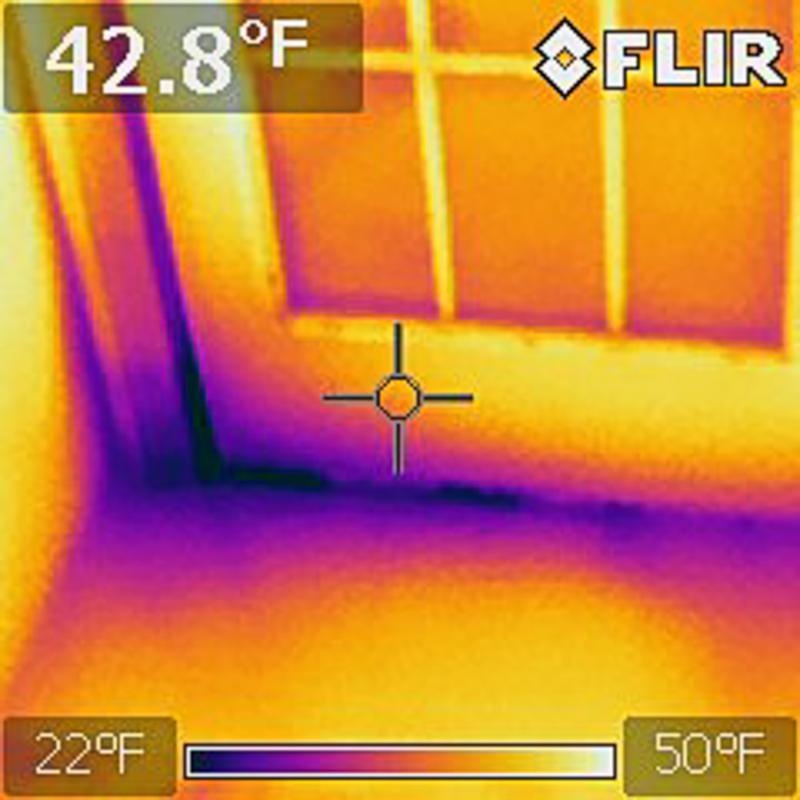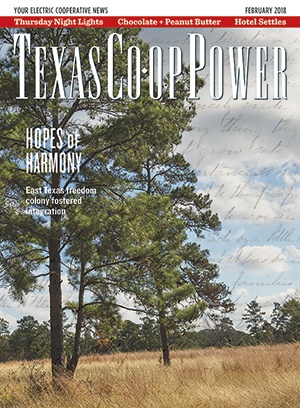December and January brought some seriously cold temperatures for the first time this winter. As home heating units struggled to keep interior temperatures 50 degrees warmer than outdoors, energy use spiked, and concerned Trinity Valley Electric Cooperative members began to call for help.
For TVEC Energy Management Advisor Chris Walker, the extreme temperatures became an opportunity to educate members about steps to take for lower electricity usage and to reduce bills.
“My mantra is always ‘Keep more of what you make,’ because once you have used the power to heat your home, the whole idea is to keep that heat inside with you,” Walker said. “There are two major things we work on for both energy efficiency and comfort—air sealing and insulation. These two areas make the biggest impact, and they can be addressed even before big-ticket items like new windows or appliances.”
Feeling the discomfort of a cold house is easy enough, but with a little help from technology you can get a look at where the heat escapes. A thermal imaging camera like the one used for TVEC’s free home energy audits, can spot air gaps, poorly insulated areas and other problem areas.
“Really you have to start with air gaps, because a cycle of hot air blowing out and cold air blowing back really works against your heater,” Walker said. “As homes age and go through seasonal heat cycles, gaps can open up. Doors and windows are the most obvious places to check, but floors, wall joints, electrical outlets and any wall openings can have gaps over time.”
The solutions for sealing your home against leaks depends on the problem area, but most are relatively inexpensive. Caulking around windows and weatherstripping for doors can be effective, while spray foam can be used for many areas that are out of sight. Clear film for covering damaged or inefficient window openings is available at most hardware stores.
Insulating problem areas can include some simple fixes as well. Rolled towels can help at window frames and door thresholds. Rugs can help with both comfort and heat loss on cold floors, and taking time to close curtains and blinds can slow heat transfer at windows.
On January 2, we put the camera to the test. With outside temperatures in the mid-teens, it wasn’t hard to find exactly where the heat was getting out of the home, which was built in the early 1980’s.
“From outside, you can see how the windows just glow, and you know that is taking heat right out of the home,” Walker said. “From inside, you can start looking at smaller spots that are less obvious like the attic access door and poorly insulated spots in the ceiling.”
Also clear in the thermal images was the dramatic difference between windows with curtains and those without.
“Direct sunlight through your windows can help you feel warmer during the day, but it costs a lot in heat loss to leave the curtains open any other time, and that is hard because most people don’t want to be in a dark house either,” Walker said. “The key in all of this is finding a way to be comfortable, but constantly thinking about ways to stop losing the heat that you have made.”
For more energy-saving tips and information about TVEC’s free home energy audits for members, visit tvec.net or call TVEC member services at 800-766-9576.
Cold weather disproportionately impacts people with less resources to make upgrades. Weatherization help is available through government and community resources such as these listed below.
Greater East Texas Community Action Program
get-cap.org
800-621-5746







